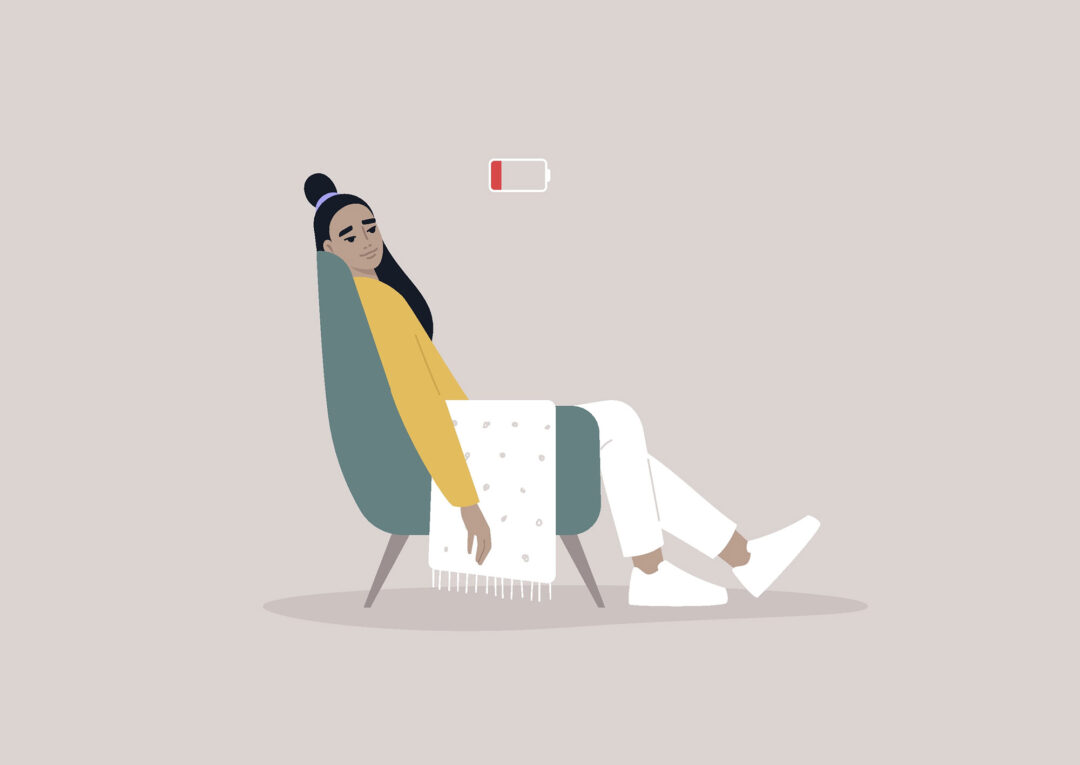Anxiety disorders are the most common mental health issue on the planet. They impact humans of all ages, ethnicities, races, and more. Not surprisingly, there are many available treatment approaches. But how do you know what is right for you? For example, distraction techniques are popular when it comes to managing runaway anxiety. As the name implies, these tactics involve a person shifting focus to something calming, mellow, and positive.
Plenty of folks find relief in this method, but, like any modality, there are advantages and disadvantages. Specifically with distraction techniques, there is a robust debate as to whether they serve as a band-aid or contribute to recovery. Let’s take a closer look.
Some of the Most Common Distraction Strategies

Relaxation Techniques
Yoga, meditation, breathing exercises, mellow music, aromatherapy, etc.

Exercise
Working out, sports, and other physical activities

Social
Hanging out with friends and family members

Taking a walk
Walking in nature.

Taking a Nap
Relaxation through taking a nap

Reading, Play Games, or Cleaning
Reading a book and/or use a coloring book, productive cleaning, or playing a game.
All of the above have a long track record of being used to distract people from fearful or worrisome thoughts. You almost certainly know someone who swears by such an approach. However, as with all mental issues, there is no one-size-fits-all answer.
Distraction techniques can sometimes be a band-aid, but they can be adapted in such a way as to be more effective.

What’s the Potential Downside of Distraction Techniques for Anxiety?
The other side of the discussion is founded on the simple reality that thoughts — on their own — are not the danger. If you experience an intrusive, negative thought, you are not in danger unless you act on it. Therefore, distraction techniques can serve the role of making people afraid of something that is not inherently a threat: their thoughts.
Ironically, this realization is itself a form of self-calming. If you were truly in danger, would you have the time and focus to go look for your coloring book and crayons? Remind yourself that something truly scary can’t be distracted away. It will require an authentic fight-or-flight response. Feeling anxious about being judged is unpleasant but can be addressed without setting off internal alarms.
Another Angle
Yes, of course, we must acknowledge that thoughts can feel distressing. That’s part of what happens when you are struggling with an anxiety disorder. Still, well-intentioned attempts at distraction can end up causing you to fear something abstract, and they can lead you to focus even more on the issue. If someone tells you not to think about the color red, it will be a titanic struggle to erase that color from your mind. The same can be true when you actively try to avoid anxious thoughts and ideas.
Another Option
You can combine both concepts. Distraction techniques can sometimes be a band-aid, but they can be adapted in such a way as to be more effective. Some practitioners suggest you use humor to face down uncomfortable thoughts.
Let’s say the intrusive thought revolves around a concern that you may look foolish when you talk to someone new. Now, try some playful, silly ideas such as:
- Sing the thought out loud in a ridiculous voice — turning it into a silly song
- Speak the thought out loud in a funny accent
- Create an interpretative dance dedicated to showing how foolish you think you might look
- Exaggerate the intrusive thought to its full progression; let your imagination run wild
The idea here is to disarm the thought without taking your attention from it. Of course, you can sometimes blend this with traditional distraction techniques, but the goal is to not let yourself become rigid in your approach. Getting guidance from a therapist is ideal in this effort.
Contact Integrative Psychotherapy Group
Contact Integrative Psychotherapy Group by calling (310) 461-4393 today to schedule a consultation, or complete the form below:


